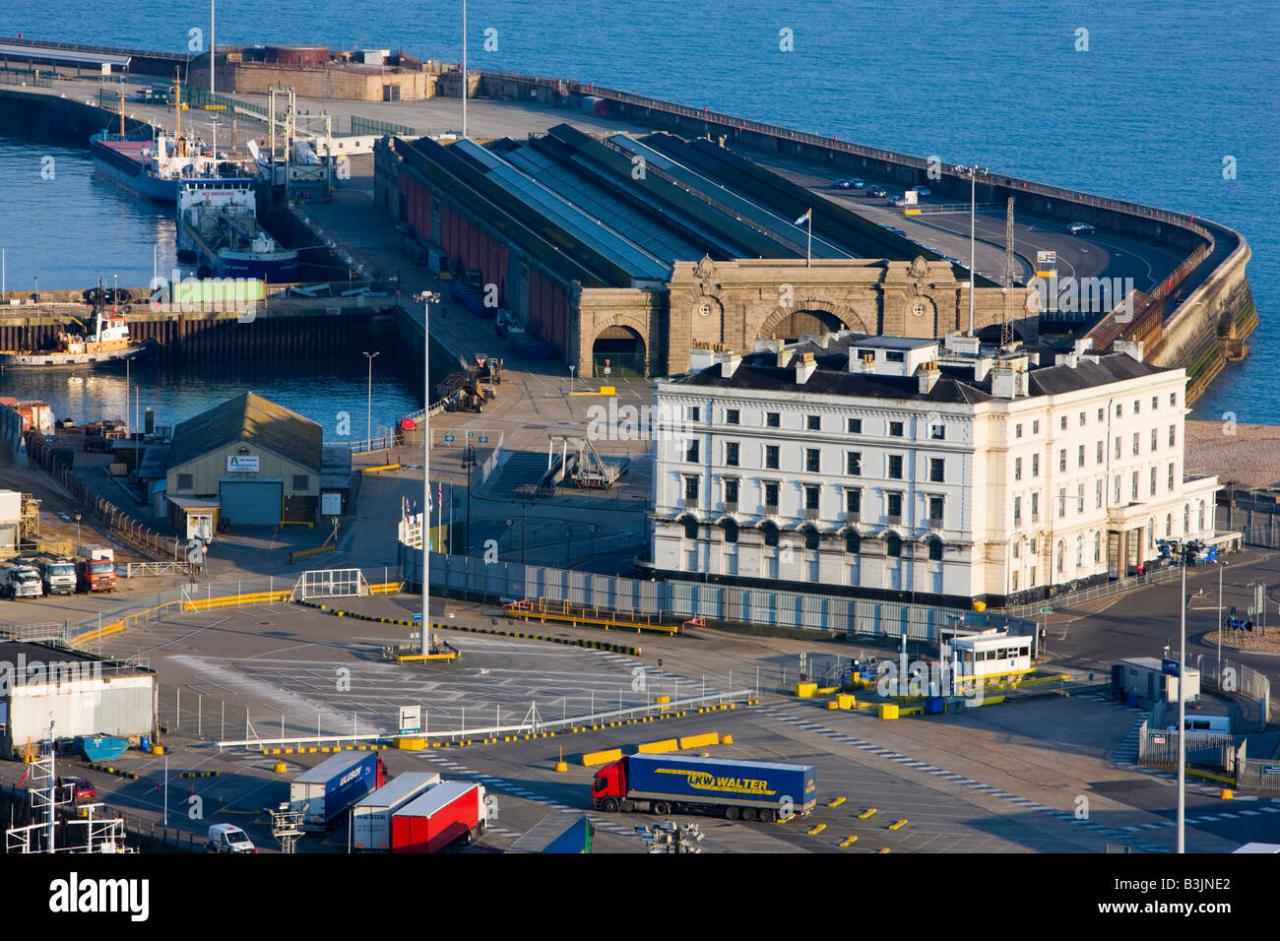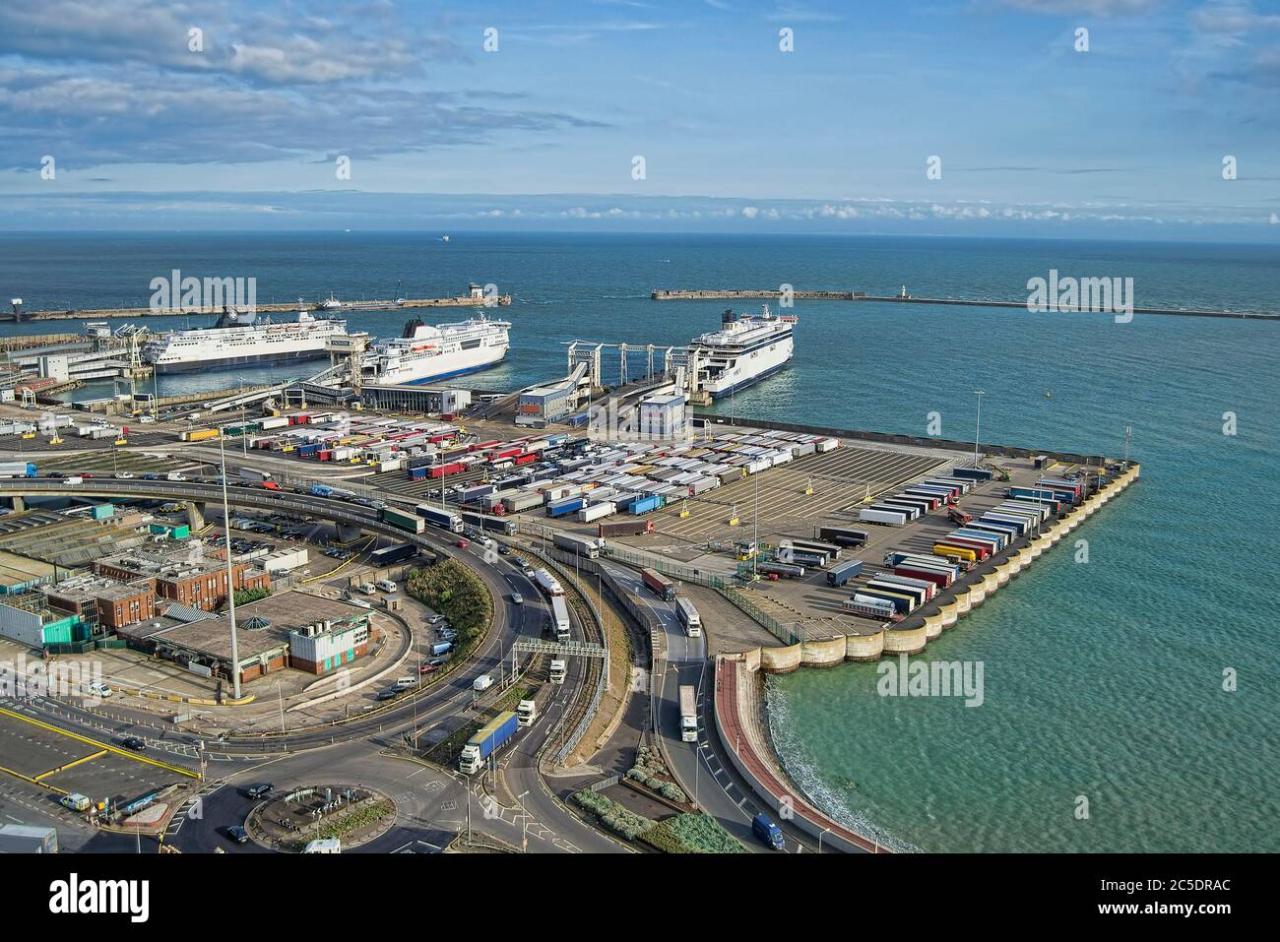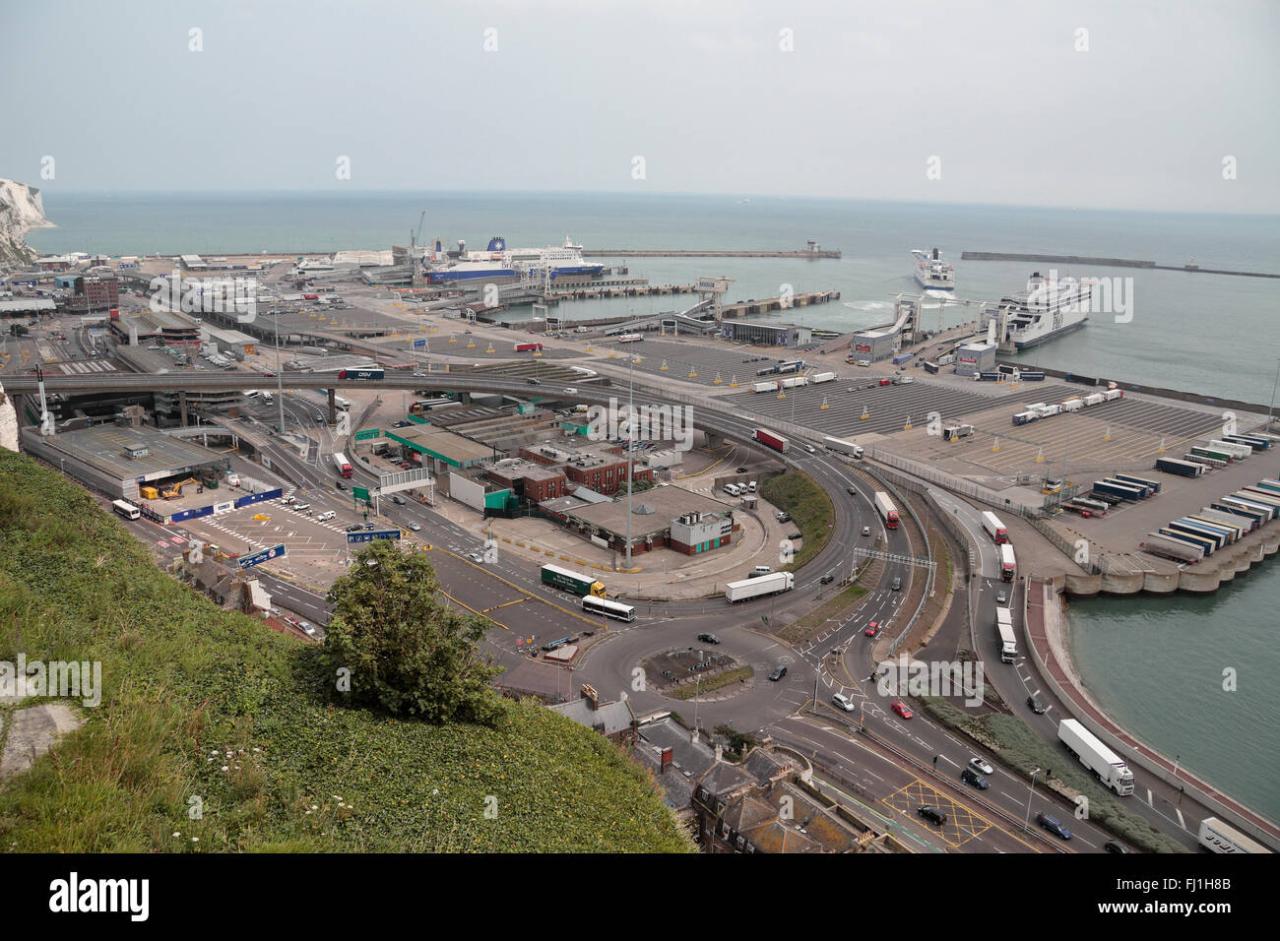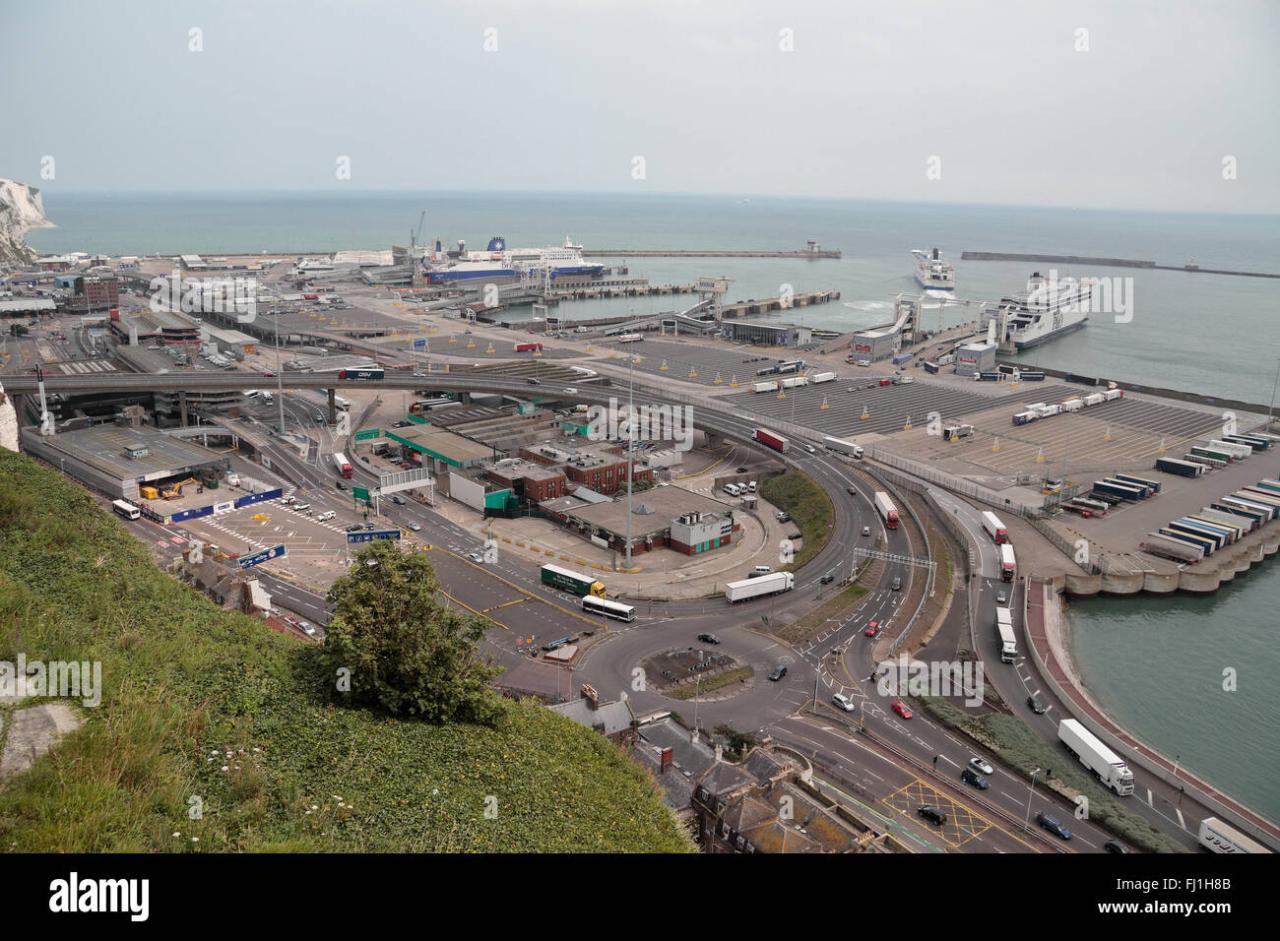Port Dover camera surveillance presents a multifaceted narrative, weaving together legal considerations, technological advancements, and the impact on tourism and local businesses. This exploration delves into the diverse types of cameras deployed across Port Dover, their locations, and the purposes they serve, from enhancing public safety to promoting the town’s vibrant character. We will examine the ethical and legal implications of such surveillance, analyzing the balance between security and individual privacy.
The study also investigates the practical applications of camera footage, from assisting emergency responders to boosting tourism through compelling imagery. We’ll analyze the potential economic impacts, both positive and negative, considering how cameras influence tourist behavior and business operations. Finally, we will explore the technological infrastructure underpinning these systems, including data storage, image processing, and remote access capabilities.
Port Dover Camera Systems: A Comprehensive Overview

Port Dover, a charming town on the shores of Lake Erie, utilizes a network of cameras for various purposes, ranging from security and traffic monitoring to tourism promotion and wildlife observation. This overview explores the different aspects of this camera system, addressing its locations, legal implications, applications, and impact on the community.
Port Dover Camera Locations and Types

Cameras in Port Dover are strategically placed to cover key areas of interest. Common locations include the bustling downtown core, popular beaches like Long Point Provincial Park, and the busy Port Dover Marina. The types of cameras employed likely vary depending on their purpose. Security cameras are prevalent in business districts and private properties, while traffic cameras may be installed at key intersections.
Wildlife cameras are likely found in the surrounding natural areas, contributing to ecological monitoring efforts.
| Location | Purpose | Camera Type |
|---|---|---|
| Downtown Port Dover | Security, Traffic Monitoring | CCTV, Traffic Cameras |
| Long Point Provincial Park Beaches | Public Safety, Crowd Monitoring | PTZ Cameras, Dome Cameras |
| Port Dover Marina | Security, Vessel Traffic Monitoring | High-Resolution CCTV, Panoramic Cameras |
| Natural Areas Surrounding Port Dover | Wildlife Monitoring, Ecological Research | Trail Cameras, Wildlife Observation Cameras |
Legal and Privacy Aspects of Port Dover Cameras

The deployment of camera systems in Port Dover necessitates a careful consideration of legal and privacy implications. Public surveillance must adhere to relevant legislation, ensuring transparency and minimizing potential infringements on individual privacy rights. Data storage and usage must be governed by strict protocols to protect sensitive information. Best practices include clear signage indicating camera surveillance, data encryption, and adherence to data retention policies.
Examples of responsible camera usage include anonymizing facial data when possible, implementing robust cybersecurity measures to prevent data breaches, and establishing clear guidelines for data access and usage. Compliance with privacy legislation is paramount.
Port Dover Camera Imagery and Applications
The imagery captured by Port Dover’s camera network provides a rich visual record of the town’s activities. Typical imagery includes scenes of daily life, tourist activities, traffic patterns, and wildlife behavior. This footage has various applications. For instance, high-quality images and time-lapse videos can be used for tourism promotion, showcasing Port Dover’s attractions to potential visitors. In emergency situations, camera footage can provide crucial evidence for investigations and assist first responders in assessing the situation and coordinating rescue efforts.
A hypothetical scenario: During a severe storm, camera footage from multiple locations can provide real-time information on flooding levels, downed power lines, and the location of stranded individuals, allowing emergency services to effectively allocate resources and prioritize rescue operations.
The Impact of Port Dover Cameras on Tourism and Businesses
The presence of cameras in Port Dover can influence both tourist behavior and business operations. While some tourists might feel uneasy about constant surveillance, many may appreciate the enhanced security and safety provided by the cameras. For businesses, cameras offer security benefits, deterring crime and protecting assets. However, excessive surveillance might negatively impact customer comfort and create a sense of being watched.
- Positive Impacts: Enhanced security, crime reduction, improved public safety, better tourism promotion.
- Negative Impacts: Privacy concerns, potential for misuse of data, potential chilling effect on free expression, perceived lack of trust.
Technological Aspects of Port Dover Camera Systems
Port Dover’s camera network likely relies on a combination of hardware and software components. This might include a network of IP cameras connected to a central server, utilizing fiber optic or wireless communication for data transmission. Image processing and analytics tools could be employed to enhance footage quality, detect anomalies, and track movement patterns. Cloud storage and remote access capabilities allow for efficient data management and monitoring from various locations.
Illustrative Examples of Port Dover Camera Usage
A security camera in downtown Port Dover captures a scene at 8 PM on a cool autumn evening. The street is lightly illuminated, with a few pedestrians strolling past shops displaying vibrant fall decorations. A car pulls up to a nearby restaurant, and people emerge, heading inside for dinner. The camera’s infrared capabilities ensure clear visibility despite the low light.
Monitoring weather conditions for safe travel is crucial, especially in areas like Port Dover, known for its unpredictable lake effect. For similar real-time weather updates on major highways, consider checking the coquihalla weather camera , which provides valuable insights into road conditions. Returning to Port Dover, local businesses and residents could benefit from similar live camera feeds to better manage potential weather-related disruptions.
In a nearby nature reserve, a wildlife camera captures a family of raccoons foraging for food near a creek. The camera’s motion sensor activates as the raccoons scamper through the undergrowth, their movements captured in sharp detail against the backdrop of lush green foliage and the gentle sounds of flowing water. A nearby deer also makes a brief appearance before wandering off.
In conclusion, the pervasive presence of cameras in Port Dover necessitates a careful consideration of the complex interplay between security, privacy, and economic development. While surveillance offers undeniable benefits in terms of safety and tourism promotion, it’s crucial to establish robust ethical guidelines and legal frameworks to ensure responsible data handling and protect individual rights. The future of Port Dover’s camera network hinges on striking a balance that leverages technology for the community’s benefit while safeguarding the privacy and well-being of its residents and visitors.
Frequently Asked Questions: Port Dover Camera
What types of data are collected by Port Dover cameras?
This depends on the specific camera and its purpose. Data may include visual recordings, timestamps, and potentially location data, depending on the system’s capabilities.
Who has access to the camera footage?
Access is typically restricted to authorized personnel, such as law enforcement, municipal staff, or private business owners, depending on the camera’s ownership and purpose. Specific access protocols should be clearly defined.
The Port Dover camera network, while primarily focused on local traffic and community safety, highlights the complexities of airspace management. Recent incidents, such as the nj drone shot down incident, underscore the need for stricter regulations and improved monitoring. This incident, in turn, raises questions about the potential for similar situations to occur near the Port Dover camera system and the necessary countermeasures.
How long is camera footage stored?
Retention policies vary depending on the type of camera and the governing regulations. Footage may be stored for a few days to several months, after which it’s typically overwritten or deleted.
What are the penalties for unauthorized access to camera footage?
Unauthorized access is a serious offense and can result in legal penalties, including fines and imprisonment, depending on local and national laws.
